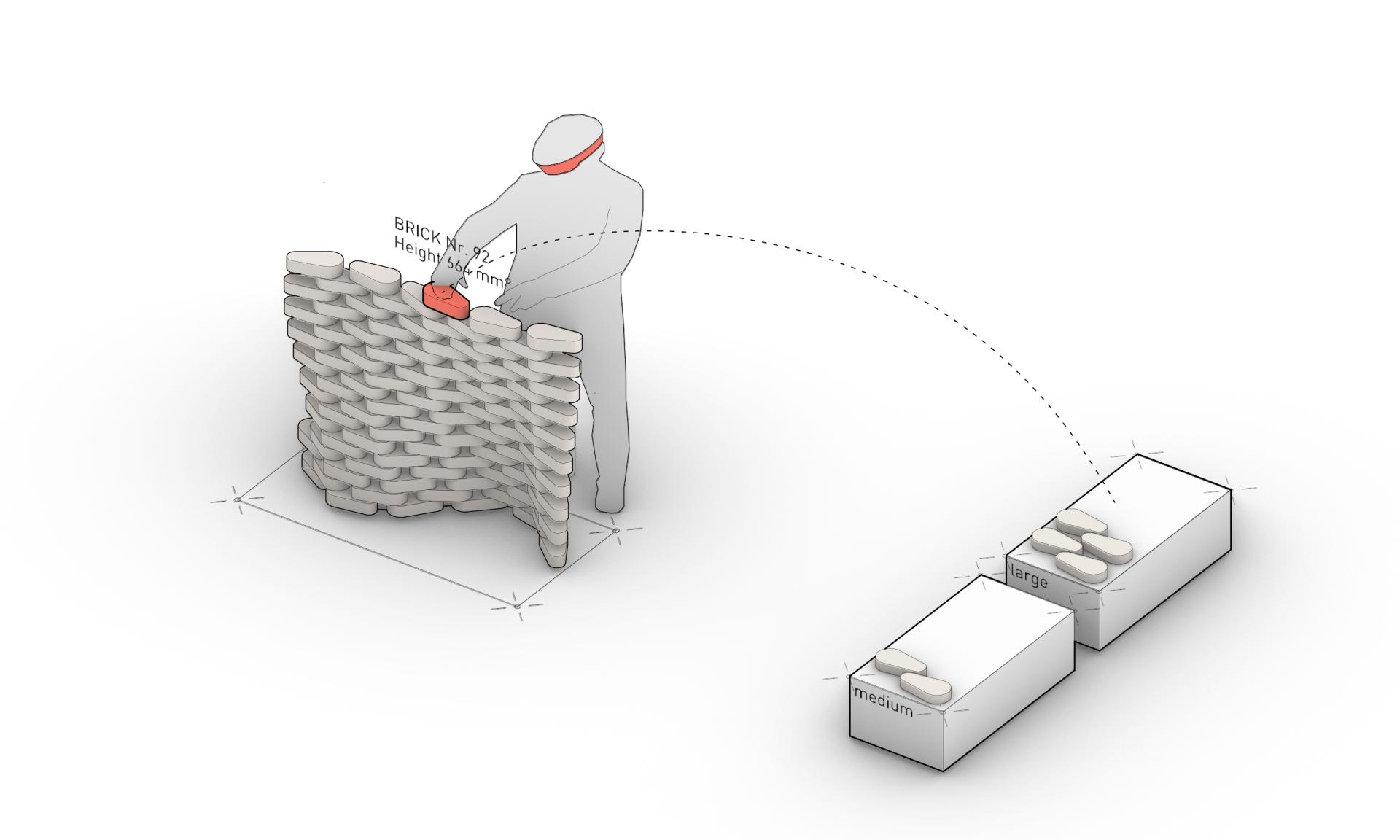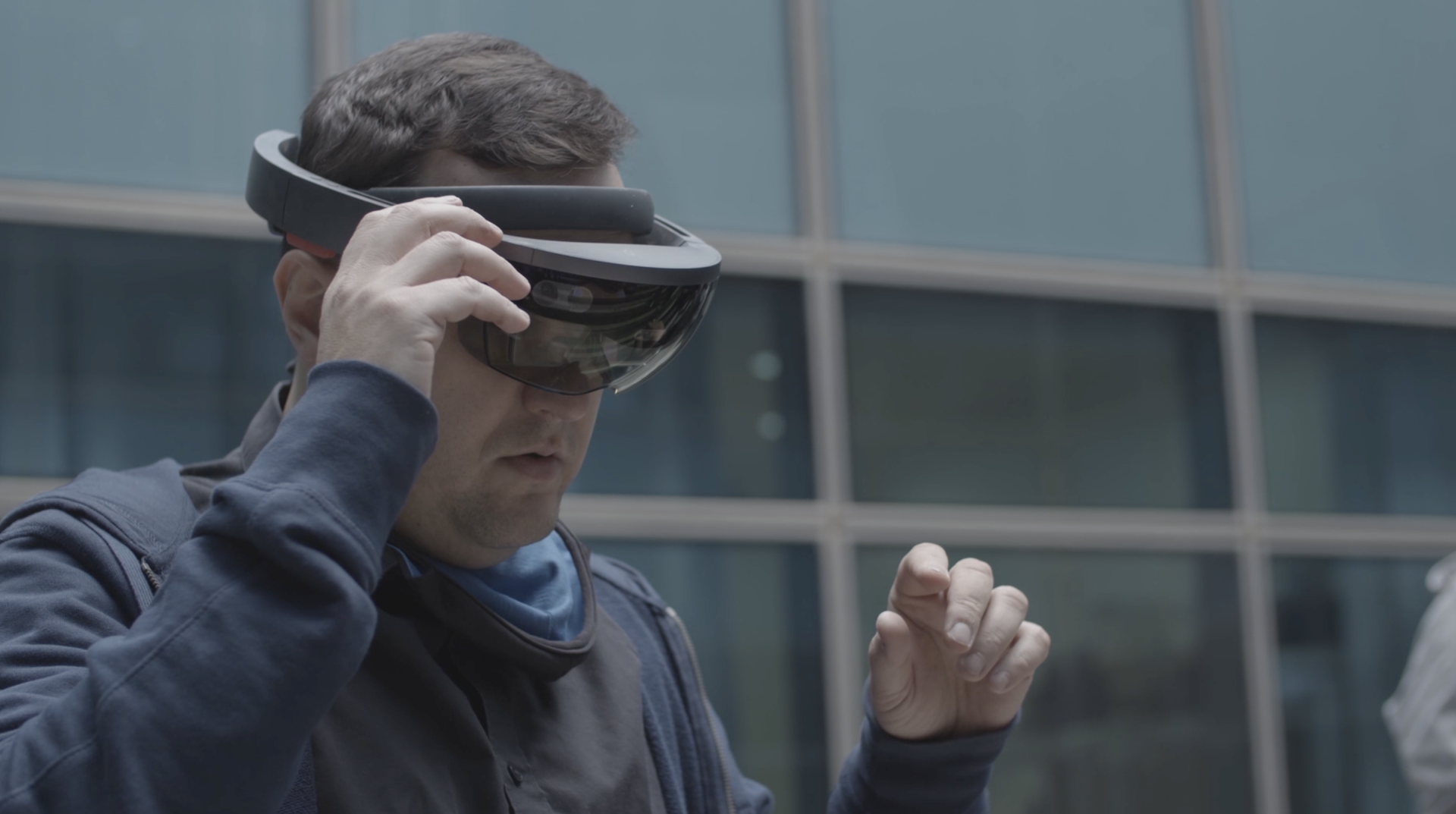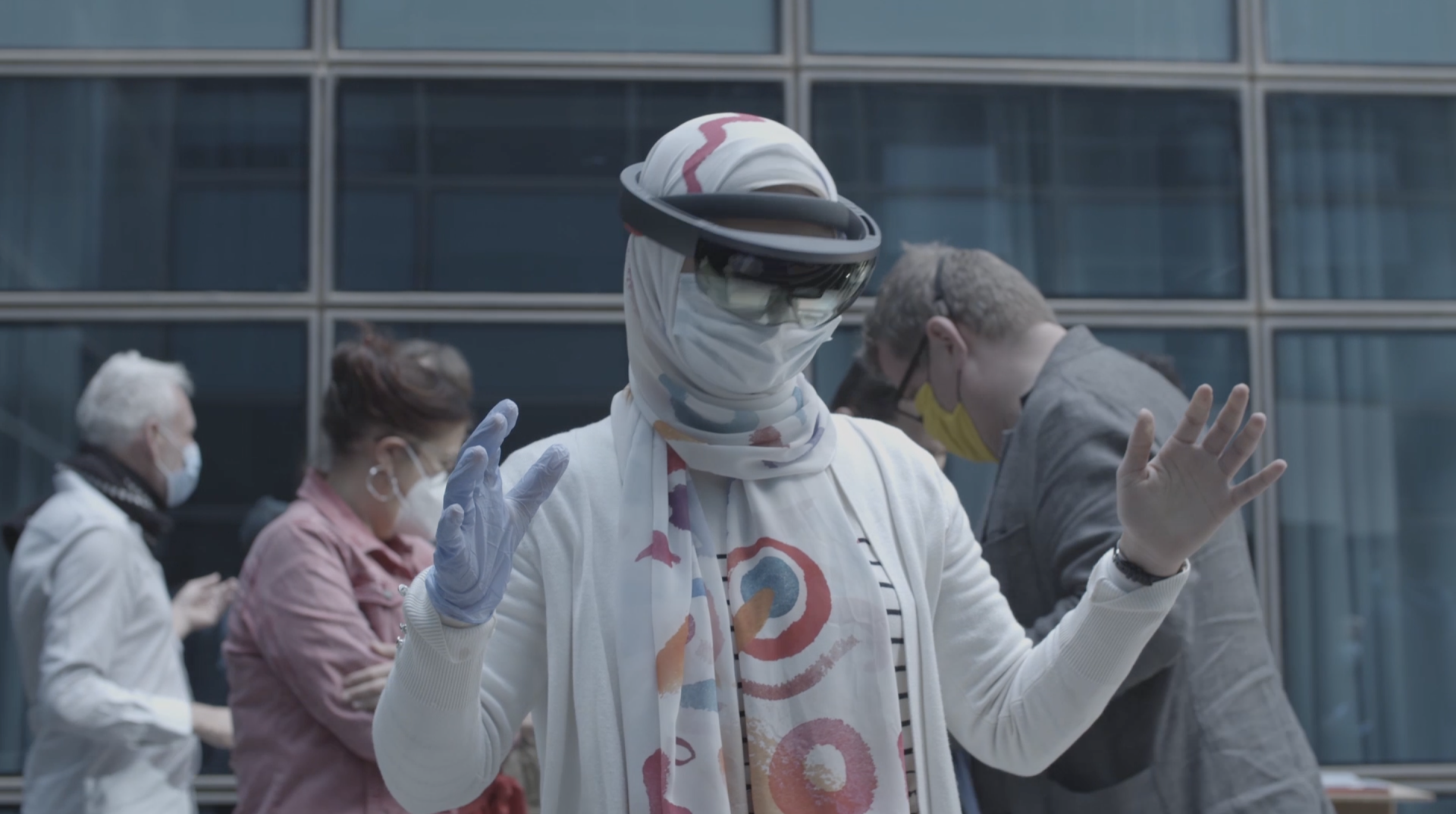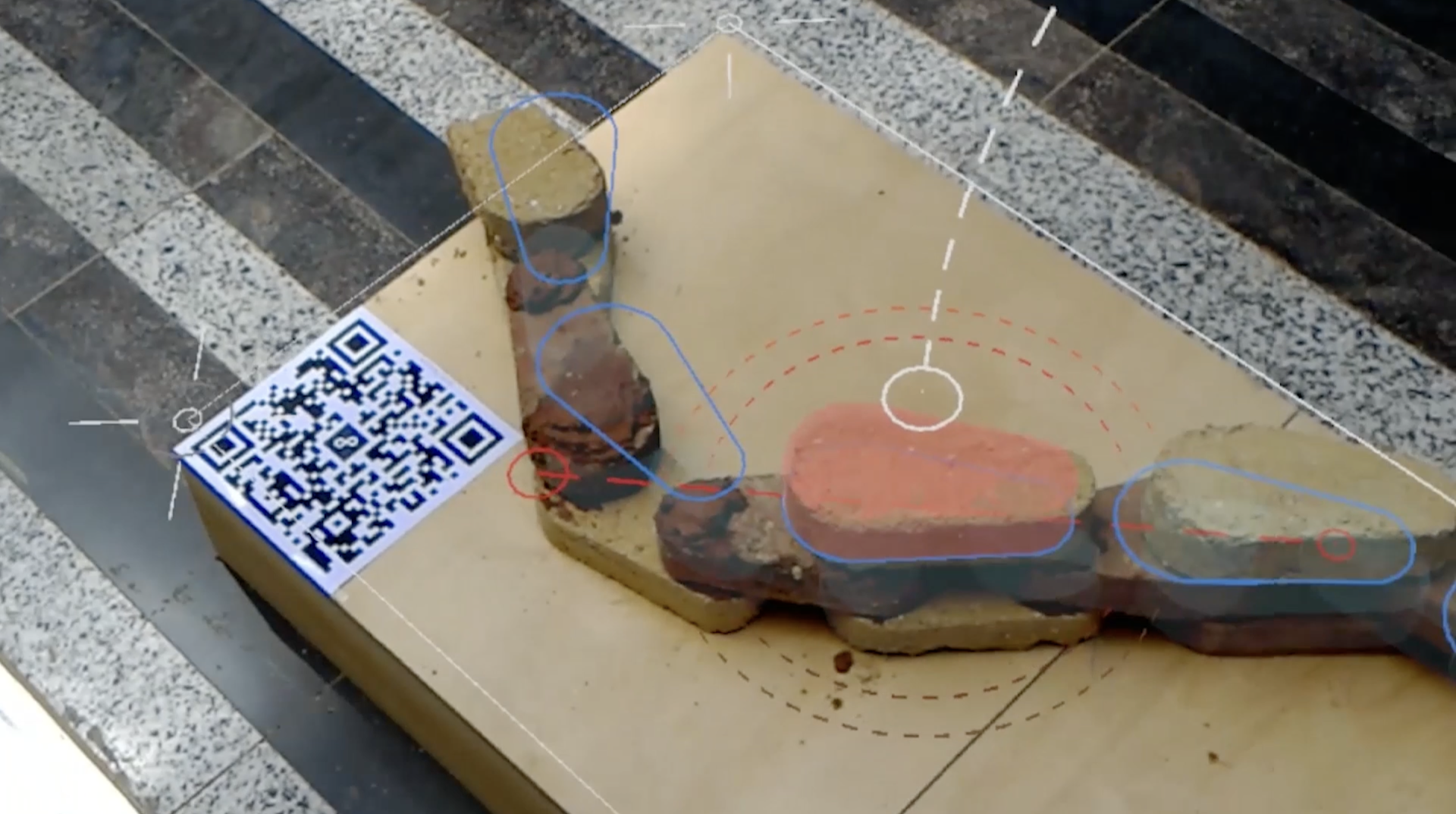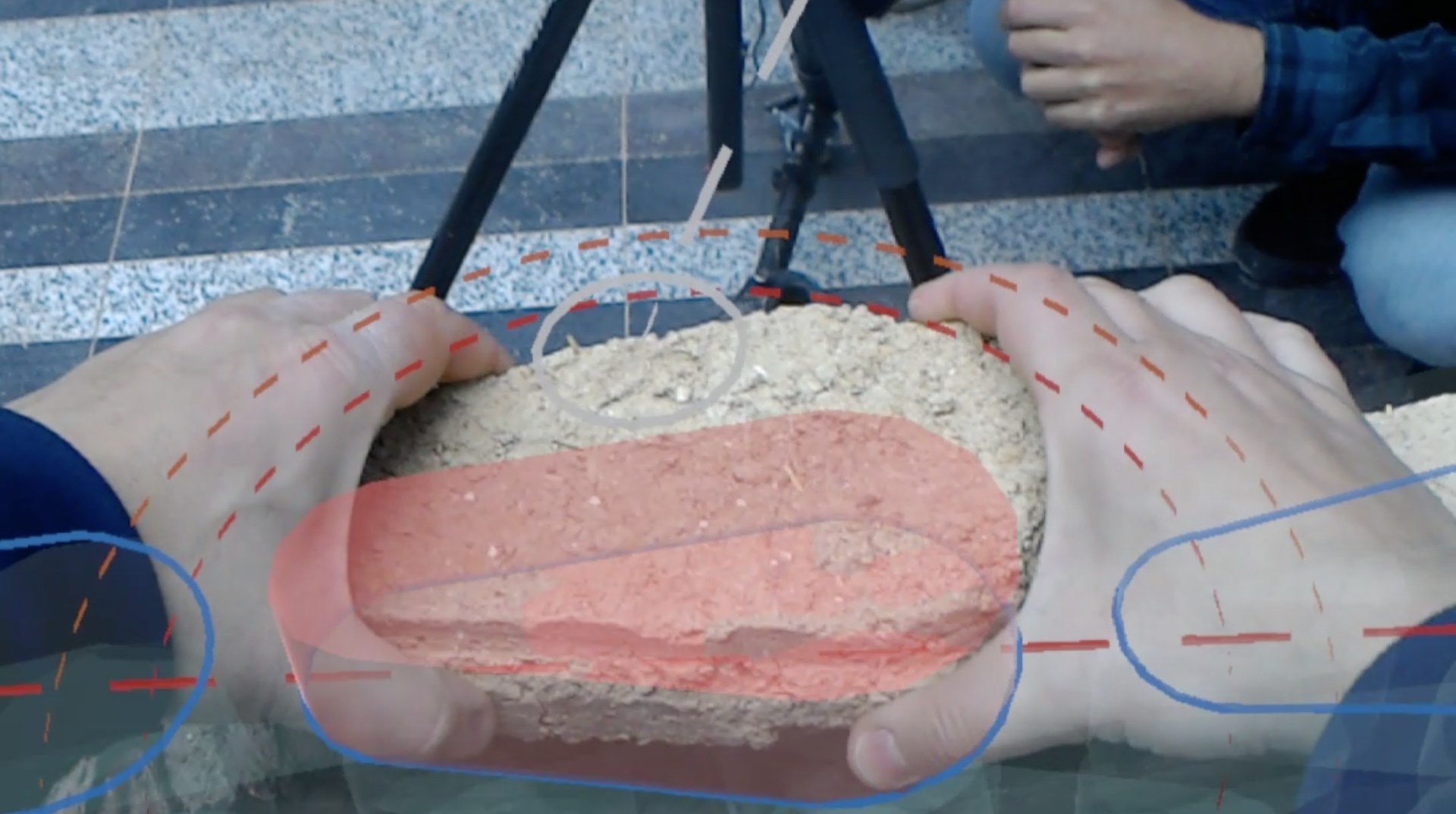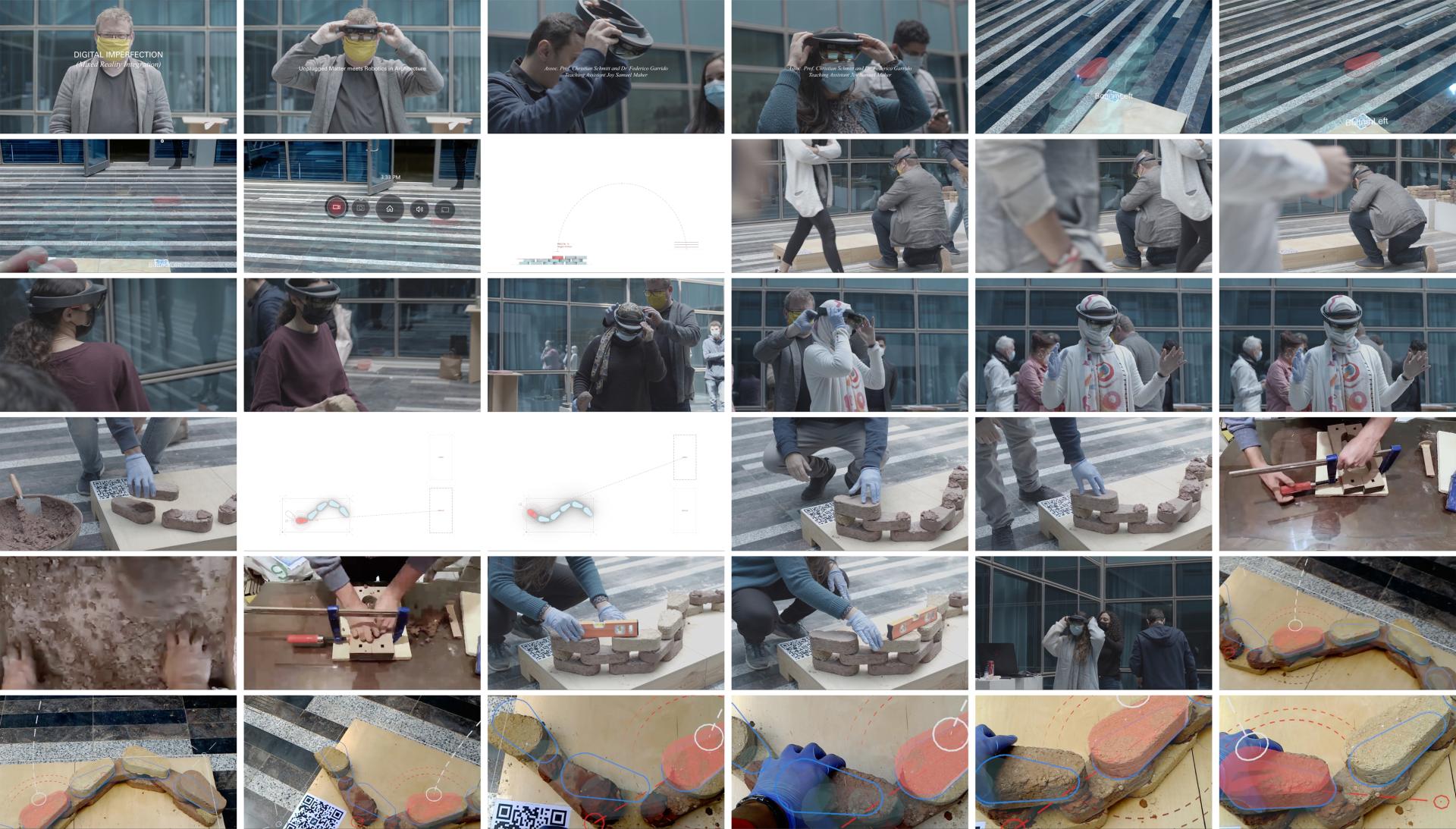Digital Imperfection
Basic information
Project Title
Full project title
Category
Project Description
The imperfection of earth bricks is often understood as synonym of lowtech construction in deprived communities. With Digital Imperfection, we underline that earth is more than a vernacular material. The project links state-of-the-art approaches with local traditions by highlighting earth as a contemporary material.
We use technology to emphasize the collective experience and to create a shared understanding of building with community's hands and to find a new narrative for an old material.
Geographical Scope
Project Region
Urban or rural issues
Physical or other transformations
EU Programme or fund
Which funds
Description of the project
Summary
Although Europe has seen a recent trend in using and studying earthen building methods, it is in the Global South that these techniques have developed most widely and achieved widespread use. As a vernacular solution, it has evolved over thousands of years in particular in Africa, South America and Asia. Although we can consider that these techniques gradually gave way to other construction methods, there are cases where earthen structures were highlighted by modern movements in architecture.
This project aims to reconnect students with the handmade craft of using earth bricks through digital tools. The bricks made by the students will be stacked on a wall with the help of a Hololens that works by overlaying a digital 4-dimensional model over the physical world. Despite the mediation of a digital apparatus, the idea is to engage students or later the community in a comprehensive workflow involving handmade production and interactive assembly rather than promoting a mere robotic process. During the research phase, we analyzed the following questions:
- What means handmade?
- How can we incorporate digital technology without losing human interaction?
- How the "imperfections" of the handmade bricks could be part of a calculative digital scheme?
- How to bring elements of vernacular architecture to new generations through a technology-mediated exercise?
With Digital Imperfection, we wanted to underline that earth is much more than a vernacular and, per nature, circular material that is available nearly everywhere. The project links state-of-the-art approaches with local traditions by highlighting earth as a post-vernacular, contemporary building material.
With Digital Imperfection, we aim to emphasize the collective experience of building with sustainable materials, using technology to create a shared understanding of building with the community's hands and to find a new narrative for an old material.
Key objectives for sustainability
Although Europe has seen a recent trend in using and studying earthen building methods, it is in the Global South that these techniques have developed most widely and achieved widespread use. As a vernacular solution, it has evolved over thousands of years. Although we can consider that these techniques gradually gave way to other construction methods, there are cases where earthen structures were highlighted by modern movements in architecture, as is the case of Egypt and other countries.
This disappearance of proven, sustainable materials in favor of energy-consuming and "modern" materials motivated us to re-tell the story of earth bricks, especially in the Global South.
The imperfection of earth bricks is often understood as a synonym of low-tech construction in deprived communities. However, it is a simple, cheap, and, per nature, circular material to build with. We want to underline that earth is much more than a vernacular material.
We don’t to suggest to build a complete building by using mixed reality but in parts to embed and show a participatory design and assembly idea where – imperfect - handmade bricks are illustrating a process where the variation of bricks is underlined by the possibility of intergrading the maximum possible diversity of people (bricklayer) to support peoples identification with the project and re-tell the story of an “old fashioned” material in the global south instead of aiming to use “modern” CO2 intensive materials.
With Digital Imperfection we are providing a new narrative for an old but circular material.
Key objectives for aesthetics and quality
From a distanced point of view the aesthetic lies in the possibility to generate a flexible or organic form that can be built by the cooperation of human and the digital setup. Since this form is adaptable to the specific situation its aesthetics is not a final shape but adaptable and reactive to each situation.
The real beauty and unique quality is the initial idea of Digital Imperfection to build (and co-designing) together.
Since Digital Imperfection is (and ongoing a design-build research between a German University and an Egypt University) we wanted to emphasize the collective experience of building with sustainable materials, using technology to create a shared understanding of building with the community's hands and to find a post-vernacular narrative for material that is available nearly everywhere: Earth as social sculpture.
Key objectives for inclusion
With Digital Imperfection we aim to emphasize the collective experience of building with sustainable materials, using technology to create a shared understanding of building with the community's hands and we are providing a new narrative for a circular material.
We don’t to suggest to build a complete building by using mixed reality but in parts to embed and show a participatory design and assembly idea where – imperfect - handmade bricks are illustrating a montage process where the variation of bricks is underlined by the motivation to intergrate the maximum diversity of people. By making the people the builder of a “social sculpture” we make them co-author and increase everyone’s level of association and identification with it. A special training or education is not necessary, everybody could and should be part of the assembly process.
The project is not only an object that is done as singular intervention it is rather a strategy to advertise for a materials acceptance for an old material in the global south instead of aiming to use “modern” CO2 intensive materials.
At the end, the goal of Digital Imperfection is to place humans on the focus of the (digital) assembly.
Results in relation to category
“Get your hands dirty” together is one part of the idea.
Earth as the material is providing a feeling of belonging immediately since we are used to its possibilities and playfulness since we have been a child. By retelling the story of earth with people, community into the building process we aim to reconnect them with a still existing material to build with.
How Citizens benefit
We are providing a new narrative for a material and for the community owning or using a building.
By making the people a part of a social sculpture (or take part of the montage process) we make them co-author and increase everyone’s “level of association and identification” and we place humans in the focus of the montage process again.
We wanted to emphasis the collective experience of building with earth, using technology to create a shared understanding of building with the community's hands and to find a new narrative for a material that is available nearly everywhere: Earth as social sculpture.
Physical or other transformations
Innovative character
Digital Imperfection is a cooperation between two architectural research disciplines (low tech, in particular earthen materials and hi-tech fabrication design procedures). The collaboration did not only augment the outcome of each sub-discipline but also its perception (and auto-perception) of them by associating these disciplines from the very beginning.
Additionally, we integrate “Digitalisation” into the project in an easy, playful and immersive way integrating a digitally driven assembly process between human and machine. The project is de-mystifying the usage of modern technology – here in combination with a handmade idea of material and building that is forgotten too often. We are illustrating a nearly open-source idea of an assembly process and a chance for interested people to co-design by participating or even more - develop the project further.
At the end, the goal of Digital Imperfection is to place humans on the focus of the (digital) assembly process.
Learning transferred to other parties
By integrating a digitally driven assembly process between human and machine we aim to de-mystifying the inflationary phrase of “Digitalisation” in an easy, playful and comprehensive way. We show a nearly open-source idea of an assembling process and a chance to interested people to co-design by participating or even more develop the project further.

